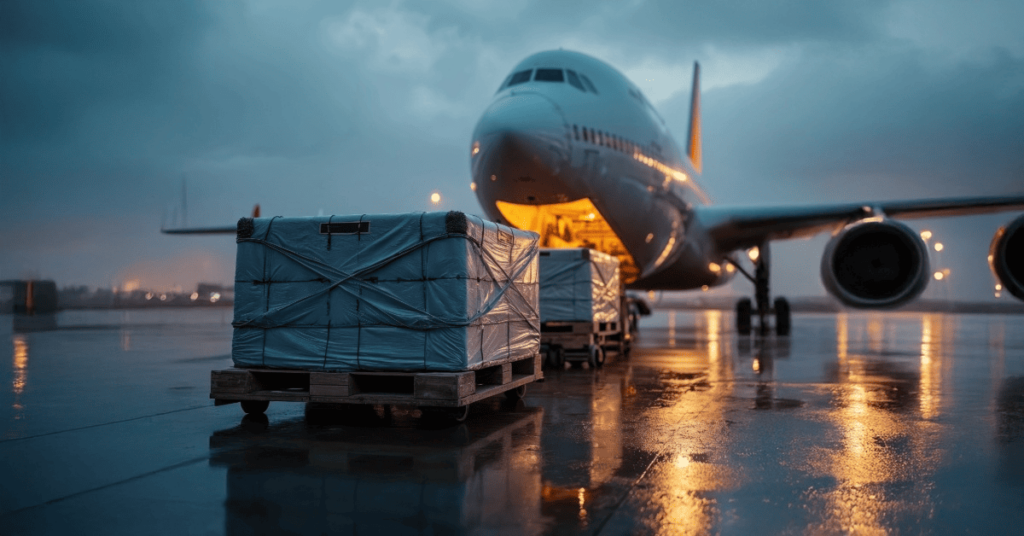The recent unveiling of Emirates Courier Express, with its bold claim to “challenge the status quo,” has sparked a considerable debate within the logistics and transportation circles. The core concept – leveraging the vast infrastructure and operational prowess of a global airline to deliver express courier services – presents a compelling, albeit complex, vision for the future of goods transportation. Might this novel model genuinely represent the next evolutionary step in courier activities?
The theoretical advantages certainly capture the imagination. Picture a departure from the conventional hub-and-spoke system, where time-sensitive packages embark on direct journeys mirroring passenger flight paths. The inherent speed and expansive global reach offered by an established carrier like Emirates, boasting a vast network and substantial fleet, stand in stark contrast to the often multi-layered and geographically restricted networks of traditional courier companies. This directness promises not only swifter transit times – a critical asset in our increasingly rapid global economy – but also the potential for improved reliability through fewer handling stages and a more controlled operational environment. The initial focus on business-to-business (B2B) clients and specialised goods, such as pharmaceuticals and electronics sectors, already familiar with the stringent requirements and specialised handling, often associated with air transport, could be a strategic and well-considered starting point.
Nevertheless, disrupting a firmly established industry is rarely a straightforward endeavour. While the theoretical benefits are persuasive, the practical execution presents a formidable set of challenges. Weaving a distinct courier operation into the intricate workings of an airline demands meticulous coordination across diverse functions, spanning flight schedules and baggage handling to customs clearance at numerous international points of contact. Any systemic vulnerability within the airline’s operations – be it flight delays or logistical bottlenecks at airports – could directly translate into service disruptions for the courier arm.
Cost competitiveness also looms large as a crucial consideration. Air freight, by its very nature, carries a higher price tag than surface transportation. While the argument of leveraging existing capacity offers a potential offset, the ultimate cost to the end-user must be justifiable when weighed against established courier services. The inherent “premium” positioning of an airline-integrated service might initially confine its appeal to specific market segments willing to invest more for enhanced speed and dependability. Moreover, the enduring “last mile” problem, a persistent headache in logistics, remains outside the scope of the airline’s core infrastructure. A robust and efficient ground delivery network will be indispensable at each destination. This necessitates either forging strategic alliances with existing local courier services or establishing a new, dedicated ground fleet – both of which introduce their own set of operational and financial complexities.
Examining adjacent sectors yields limited direct parallels, though the increasing convergence of logistics and transportation is an undeniable trend. The rise of e-commerce has certainly spurred demand for faster and more flexible delivery solutions, prompting logistics providers to explore innovative models. However, the unique proposition of embedding a comprehensive courier service within an airline’s existing framework remains largely uncharted territory on a global scale.
In conclusion, the vision underpinning Emirates Courier Express is undeniably ambitious and strategically sound, aligning with the evolving demands of global commerce. The potential for enhanced speed, reliability, and transparency through an airline-integrated model is compelling. However, the successful realisation of this vision hinges on navigating significant operational hurdles, achieving cost-effectiveness, and constructing a seamless end-to-end delivery system. While the concept holds the promise of reshaping the future of courier activities, the industry will be watching intently to see whether this soaring ambition can effectively navigate the inherent complexities of the global logistics landscape and truly usher in the next era of express delivery.





